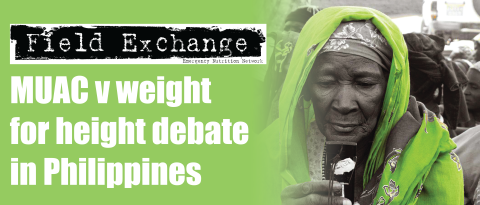Technical Reference for SQUEAC and SLEAC Methods, 2012

The Technical Reference for Semi-Quantitative Evaluations of Access and Coverage (SQUEAC) and Simplified Lot Quality Assurance Sampling Evaluations of Access and Coverage (SLEAC) Methods was developed by Action Against Hunger, Brixton Health, Concern Worldwide, Food and Nutrition Technical Assistance II Project (FANTA-2/FANTA-2 Bridge), UNICEF, Valid International, and World Vision International, and will be published by FHI 360/FANTA-2 Bridge with USAID funding in 2012.
The Technical Reference comprises dedicated sections on SQUEAC and SLEAC methods and a series of case studies that address:
- Assessing evidence and coverage in very high coverage programmes
- Assessing evidence and coverage in moderate coverage programmes
- Assessing evidence by wishful thinking (not a good idea)
- Sampling without maps or lists
- Using satellite imagery to assist sampling in urban settings
- Active and adaptive case-finding in rural settings
- Within-community sampling in an IDP camp
- Within-community sampling in urban settings
- The case of the ‘hidden defaulters’
- Applying SLEAC: Sierra Leone national coverage survey (see field article in this issue of Field Exchange)
The appendices include additional technical information on SQUEAC and SLEAC, guidance on working with formulas, and a glossary of SQUEAC and SLEAC terms.
When completed, the Technical Reference will be available for downloading from the FANTA website: http://www.fantaproject.org
Imported from FEX website


